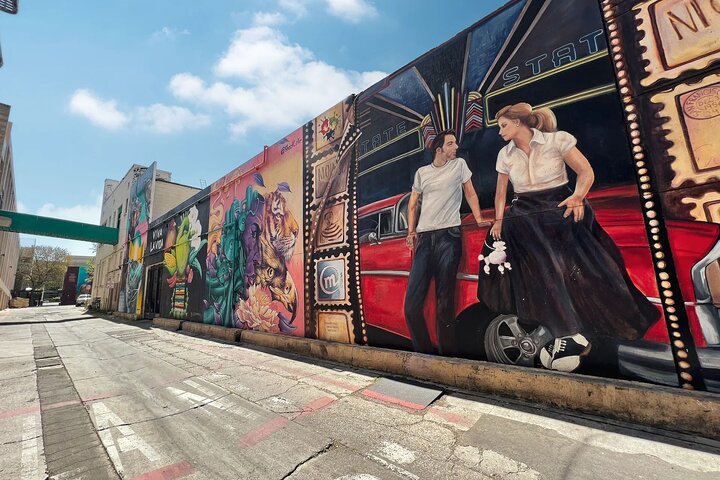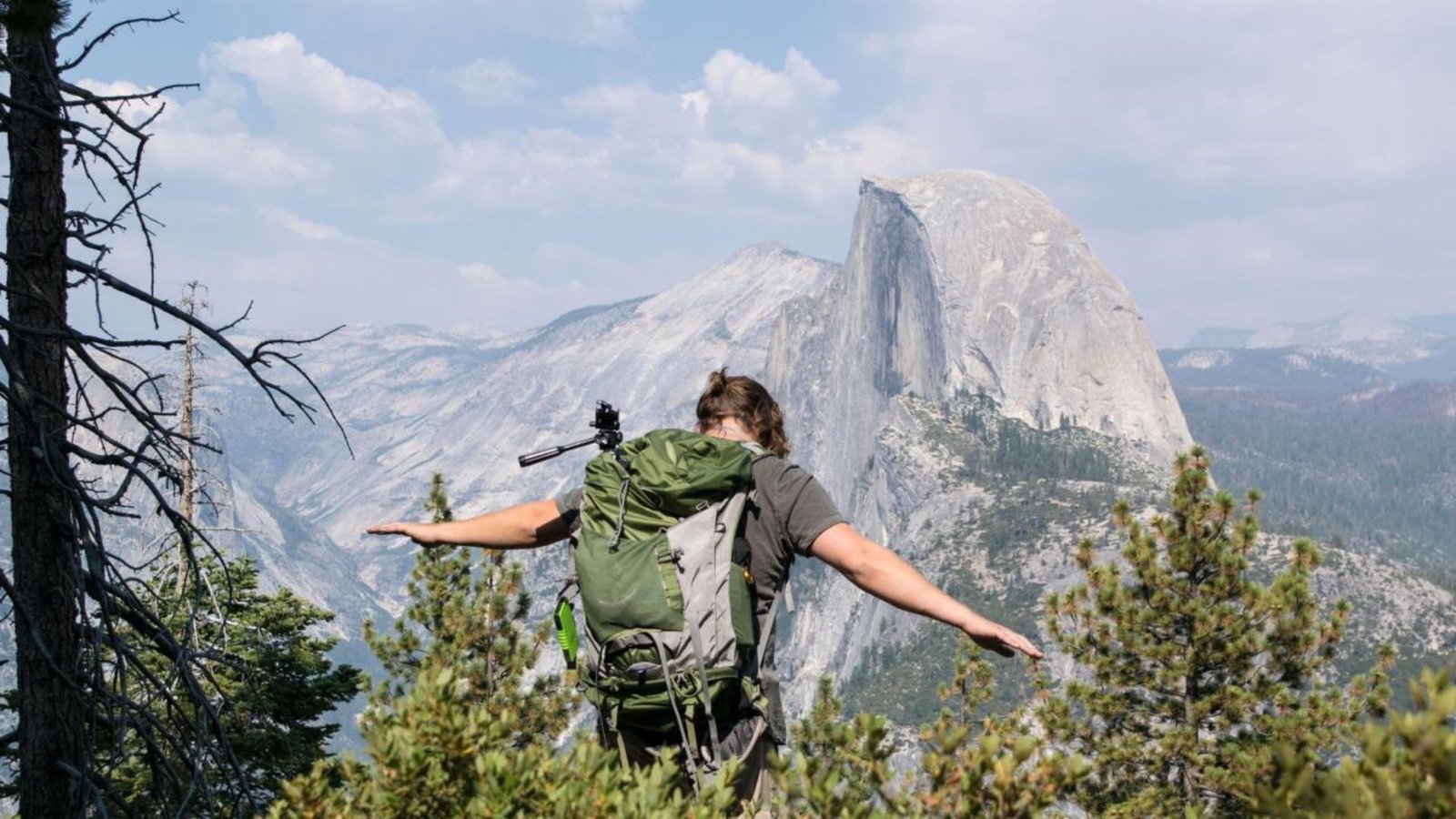Tips for Planning Self-Guided Tours in Winter
Planning self-guided tours in winter can be both exciting and challenging. Whether you’re into snowy adventures or cosy indoor explorations, here are some essential tips to ensure your winter travel is enjoyable and well-prepared. Let’s get in!
Planning Self-Guided Tours in Winter
1. Choose the Right Destination
The first step in planning your winter self-guided tour is selecting a suitable destination. Consider places known for their winter charms, such as snowy mountain retreats, Christmas markets in Europe, or cities with indoor attractions like museums and theatres.

2. Research Winter Activities
Explore activities that are best enjoyed during the winter months. Skiing, snowboarding, ice skating, snowshoeing, and winter hiking are popular choices. Research local attractions and events that align with your interests and the season.
3. Check Weather Conditions
Winter weather can be unpredictable, so stay updated on weather forecasts for your destination. Be prepared for snow, ice, and cold temperatures by packing appropriate clothing and gear, including layers, waterproof outerwear, gloves, hats, and sturdy footwear.
4. Plan Your Itinerary Carefully
Create a flexible itinerary that allows you to make adjustments based on weather conditions and your preferences. Include indoor and outdoor activities to balance your schedule and make the most of your winter adventure.
5. Map Out Accommodations in Advance
Book accommodations ahead of time, especially during peak winter travel seasons. Consider lodging options that offer amenities like heated pools, fireplaces, or proximity to winter attractions.
6. Pack Essentials for Winter Travel
Pack essentials such as a first aid kit, flashlight, extra batteries, snacks, and water. If driving, include an emergency kit with items like a shovel, ice scraper, blankets, and jumper cables.
7. Research Local Dining Options
Explore local cuisine and dining options at your destination. Warm up with hearty winter dishes and indulge in seasonal treats like hot chocolate or mulled wine. Research restaurants that offer cozy ambience and winter specials.
8. Prepare for Safety and Emergencies
Ensure your safety by informing someone of your travel plans and checking in regularly. Familiarize yourself with local emergency contacts and healthcare facilities in case of unforeseen circumstances.
9. Stay Hydrated and Protect Your Skin
Winter air can be dry, so stay hydrated by drinking plenty of water. Protect your skin from cold winds and dry air by using moisturizers and lip balms with SPF.
10. Capture Winter Memories
Bring a camera or smartphone to capture memorable moments during your winter tour. Photograph snowy landscapes, festive decorations, and activities to document your experiences.
11. Plan Transportation Options
Consider transportation options suitable for winter conditions, whether driving, using public transit, or arranging for transfers between attractions. Research parking availability and public transport schedules.
12. Check Attractions’ Winter Hours
Many attractions have adjusted hours during the winter season. Check their schedules in advance to plan your visits accordingly and avoid disappointment.
13. Pack Warm Accessories
Bring warm accessories such as scarves, earmuffs, and thermal socks to stay comfortable outdoors. Layer clothing to easily adjust to changing temperatures throughout the day.
14. Explore Local Winter Festivities
Research local winter festivals, markets, and events happening during your visit. These festive gatherings often showcase cultural traditions, local crafts, and seasonal foods.
15. Respect Natural Environments
Enjoy winter landscapes responsibly by following designated trails, respecting wildlife habitats, and leaving no trace. Preserve the beauty of the outdoors for future travelers to enjoy.
Conclusion
Planning self-guided tours in winter requires thoughtful preparation to ensure a safe and enjoyable experience. By choosing the right destination, packing essentials, and being flexible with your itinerary, you can make the most of winter travel while exploring new destinations or revisiting familiar ones.



















